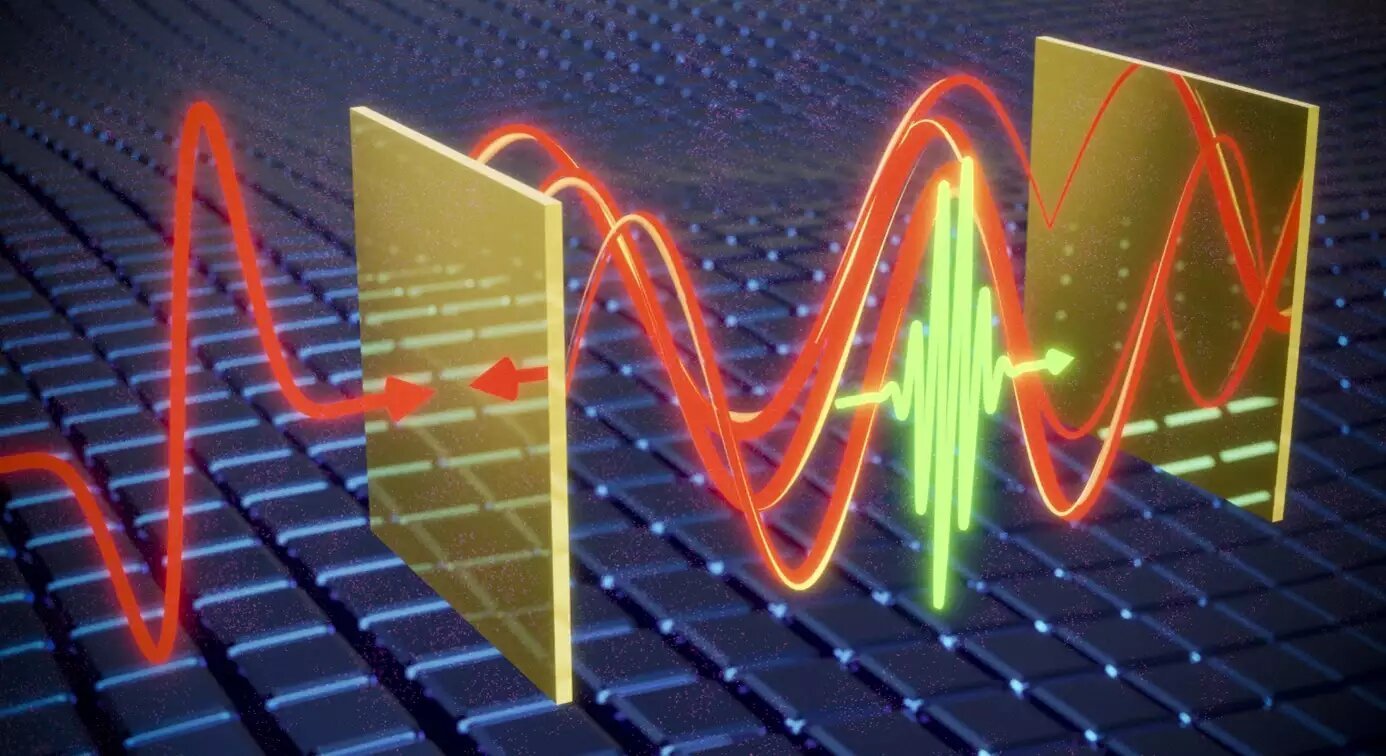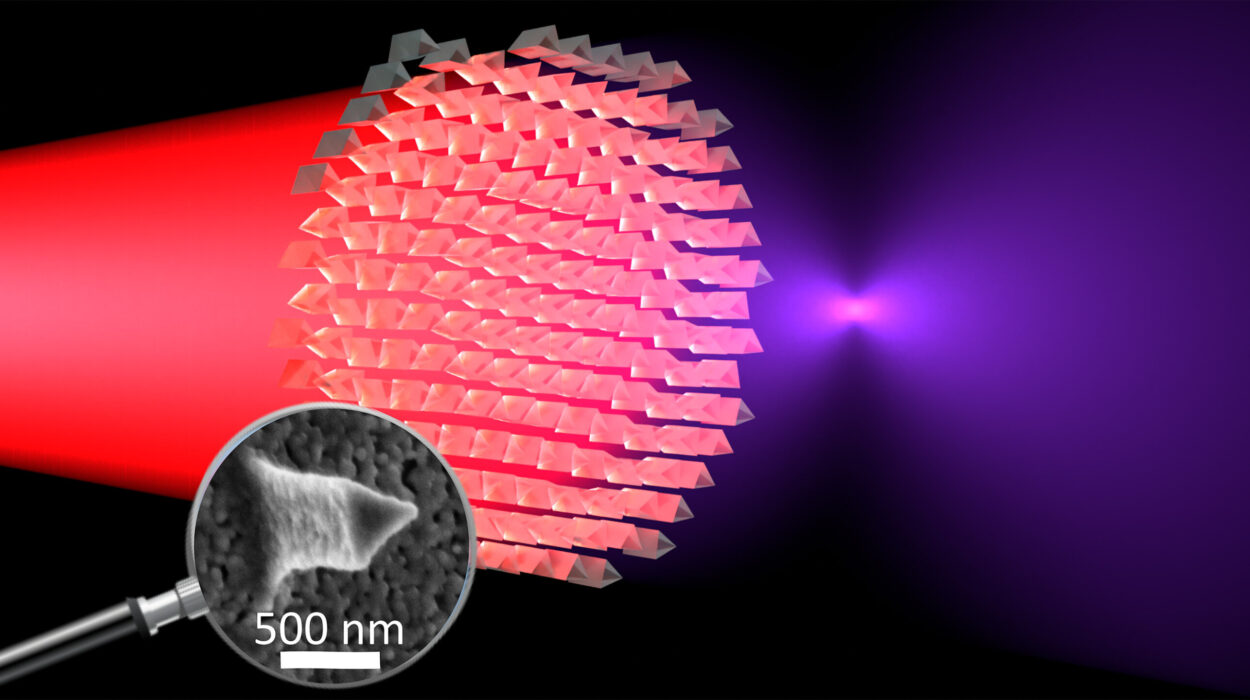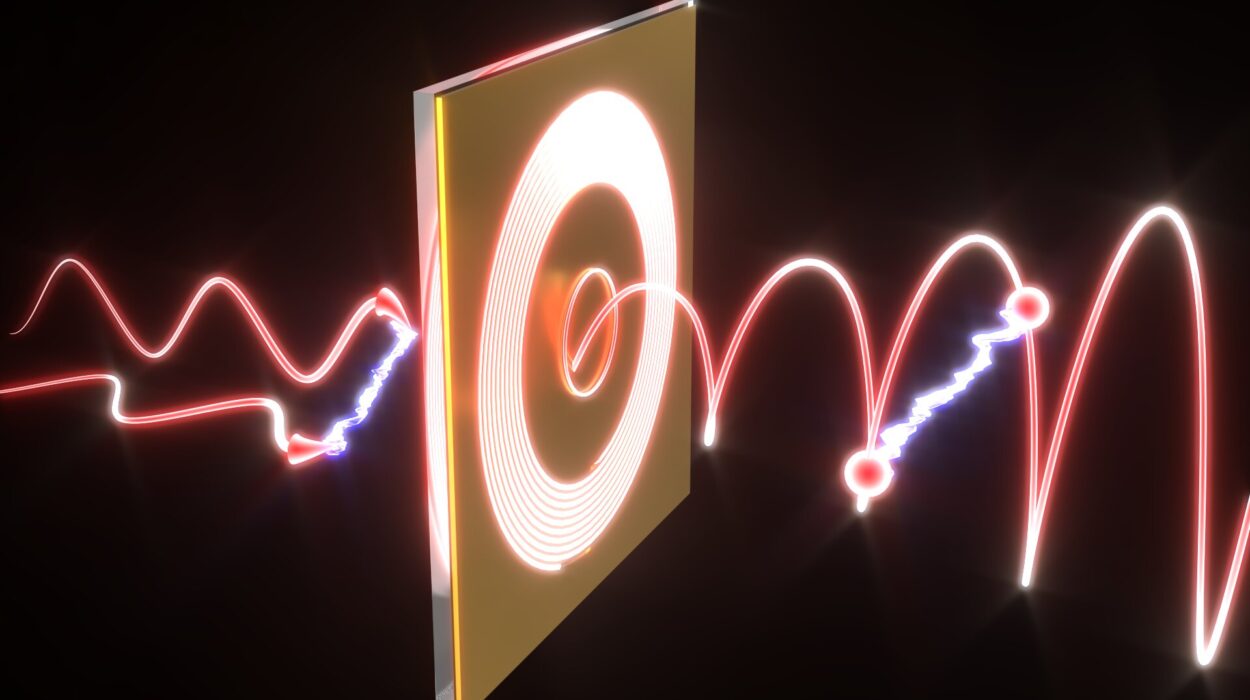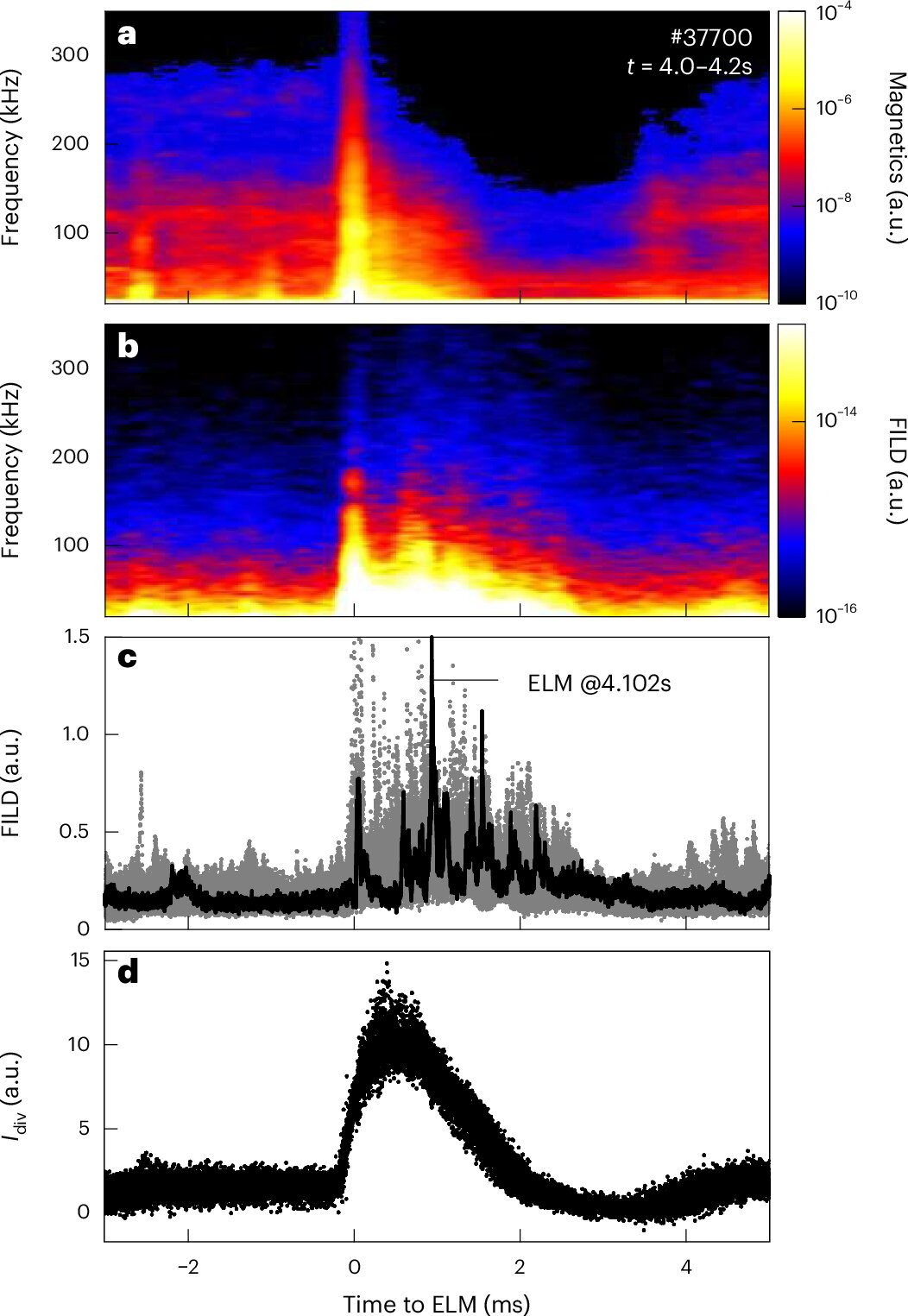In a groundbreaking development, researchers have introduced an innovative experimental platform capable of measuring the electric fields of light trapped between two mirrors with unprecedented precision. This new technology, which uses electro-optic Fabry-Pérot resonators, enables measurements at a sub-cycle timescale, opening up exciting new possibilities for exploring light-matter interactions in the terahertz (THz) spectral range. The study was recently published in Light: Science & Applications.
This pioneering work is the result of a collaborative effort between the Department of Physical Chemistry at the Fritz Haber Institute of the Max Planck Society and the Institute of Radiation Physics at Helmholtz Center Dresden-Rossendorf. The team’s innovation centers on the ability to measure and manipulate the electric fields inside optical cavities, providing a deeper understanding of the interactions between light and the materials placed within these cavities.
Revolutionizing Light-Matter Interaction Studies
At the core of this breakthrough is the development of a tunable hybrid-cavity design. The researchers have engineered a setup that allows for precise control over the light waves within the cavity, enabling them to switch between nodes and maxima of the light waves exactly at the point of interest. This level of control over the light-matter interaction is crucial for experiments that explore the behavior of materials when exposed to intense light fields, particularly in the terahertz spectral range, where low-energy excitations govern fundamental material properties.
The ability to perform sub-cycle precision measurements has long been a challenge in the field of cavity electrodynamics—an area of research focused on understanding how materials inside optical cavities affect the light they interact with. The researchers’ new electro-optic Fabry-Pérot resonators, however, overcome this challenge, enabling direct observation of these interactions with an unprecedented level of detail. This advancement could lead to major strides in quantum electrodynamics (QED), the study of the interaction between light and matter on the quantum scale, and could provide new insights into ultrafast control of material properties.
Electro-Optic Fabry-Pérot Resonators: A Key Innovation
The Fabry-Pérot resonator is an optical cavity formed by two mirrors that trap light within a specific frequency range. This resonator has become a central tool in cavity electrodynamics, allowing scientists to study the intricate dynamics between light and matter. However, the resolution of these measurements has historically been limited by the timing precision of the instruments used to detect the light fields.
To solve this, the research team has developed electro-optic Fabry-Pérot resonators (EOCs), which are capable of capturing the electric fields of light within these cavities with sub-cycle precision—meaning that they can resolve the light field on timescales shorter than the oscillation period of a single cycle of light. This allows the researchers to pinpoint the exact locations where light interacts with matter, offering unprecedented insight into the material’s behavior at those precise points of contact.
A Hybrid Cavity Design for Enhanced Control
A significant component of this breakthrough is the hybrid cavity design the researchers developed. This design incorporates an air gap, which is tunable, alongside a split detector crystal within the cavity. This setup allows for the manipulation of internal reflections, which can be used to create specific interference patterns on demand. These patterns enable the researchers to isolate particular regions of the cavity where the electric field intensity is of particular interest, further refining their measurements.
The ability to control these interference patterns with such precision is key to achieving the sub-cycle measurements required for observing light-matter interactions with such detailed accuracy. The researchers also developed mathematical models to predict the behavior of these interference patterns, which have been validated by their experimental results. This combination of experimental and theoretical insights provides a robust framework for further exploring the complex physics of cavity electrodynamics.
Implications for Future Research and Applications
The findings from this study open the door to new possibilities for controlling and observing light-matter interactions in unprecedented ways. One of the key implications of this research is its potential to contribute to quantum technologies. The ability to manipulate light at the quantum level is crucial for the development of quantum computing, where the precise control of quantum states is essential for performing complex computations that are impossible with classical computers. This research could lead to the development of quantum sensors, quantum memories, and other advanced quantum technologies that rely on finely tuned interactions between light and matter.
In addition, the ability to observe light-matter interactions in the terahertz range could have significant implications for material science. Terahertz light interacts with many materials in ways that other wavelengths of light cannot, providing insight into the properties of materials that are critical to technologies like electronics, communications, and medical imaging. This could lead to innovations in the development of terahertz-based devices and techniques for characterizing new materials with tailored properties.
Quantum Electrodynamics and Beyond
The precision and control enabled by this research could also make it easier to explore quantum electrodynamics (QED)—the theory that describes how light and matter interact at the quantum level. The ability to measure electric fields within optical cavities at sub-cycle timescales means that researchers can explore novel quantum states, where light and matter behave simultaneously as excitations of both light and material systems. These mixed states, known as light-matter hybrid states, could lead to new insights into quantum coherence, entanglement, and other phenomena that are central to the future of quantum technologies.
In addition, the study paves the way for further research into ultrafast control of material properties. By controlling light in such a precise manner, scientists may be able to dynamically alter the properties of materials, creating new materials with novel characteristics or improving existing materials for use in a wide range of applications. This could have far-reaching effects on fields like optical communications, energy storage, and advanced manufacturing.
The Path Forward: Next Steps and Impact
Michael S. Spencer, the first author of the study, emphasized the importance of their work, saying, “Our work opens new possibilities for exploring and steering the fundamental interactions between light and matter, providing a unique toolset for future scientific discoveries.” The combination of precision measurements and advanced cavity designs holds promise for advancing our understanding of both fundamental physics and practical applications in science and technology.
Prof. Dr. Sebastian Maehrlein, the leader of the research group, also highlighted the significance of their approach: “Our EOCs provide a highly-accurate field-resolved view, inspiring novel pathways for cavity quantum electrodynamics in experiment and theory.” The implications of this research are wide-reaching, offering the potential to accelerate progress in a range of fields, from quantum computing to material science and beyond.
As the study sets the stage for future exploration, the team’s work will likely inspire new experiments and innovations that build upon this cutting-edge platform. The ability to measure and manipulate light at such precise scales will undoubtedly play a pivotal role in shaping the future of quantum technologies and other areas of scientific discovery.
Conclusion
In summary, the researchers have developed a novel experimental platform that enables sub-cycle precision measurements of the electric fields of light trapped between mirrors. By introducing electro-optic Fabry-Pérot resonators and a tunable hybrid-cavity design, they have opened up new avenues for exploring light-matter interactions, particularly in the terahertz range. This breakthrough is poised to have far-reaching implications in fields ranging from quantum electrodynamics to material science and quantum computing, offering a powerful new tool for researchers seeking to manipulate and understand the fundamental forces of nature.
As the field continues to advance, this research will undoubtedly inspire future studies and innovations, pushing the boundaries of what we know about light, matter, and the fundamental interactions that govern our universe.
Reference: Michael S. Spencer et al, Electro-optic cavities for in-situ measurement of cavity fields, Light: Science & Applications (2025). DOI: 10.1038/s41377-024-01685-x






